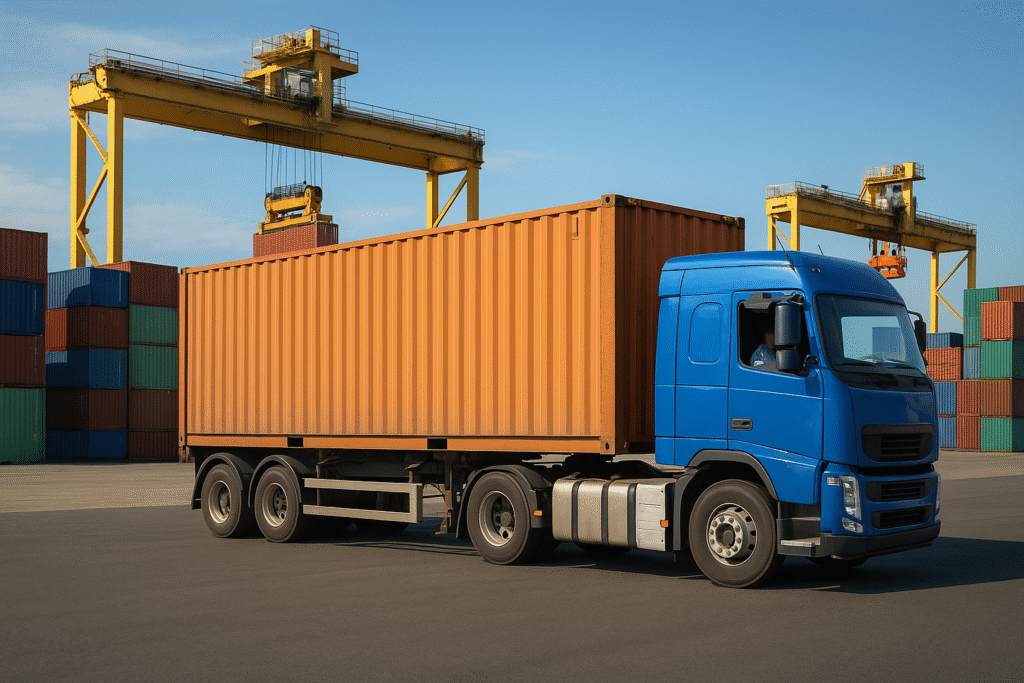Nearshoring and importers in modern trade
Nearshoring and importers are increasingly interdependent as businesses move production closer to consumer markets. Rather than relying exclusively on offshore hubs in Asia, companies are relocating parts of their operations to nearby regions. This transformation is driven by the demand for faster delivery, lower transportation expenses and stronger resilience against unexpected shocks. For importers, nearshoring is both an opportunity to strengthen supply chains and a challenge that requires adapting sourcing, logistics and cost management strategies.
Drivers shaping nearshoring strategies
Several global forces explain why nearshoring is expanding rapidly. Supply chain disruptions during the pandemic exposed how fragile extended logistics networks can be. Rising freight costs, combined with higher fuel prices and port congestion, made long-distance sourcing less attractive. Environmental pressure has also grown, with regulators and consumers demanding reduced carbon footprints. Nearshoring supports this goal by lowering transport emissions. Furthermore, governments in North America and Latin America are encouraging regional integration through trade agreements that simplify customs procedures and promote investment in infrastructure. Importers that adjust quickly to these conditions can capture long-term benefits.
Implications for global supply chains
Nearshoring and importers now interact in ways that redefine trade dynamics. Shorter supply chains mean more predictable schedules, improved inventory control and reduced exposure to geopolitical risks such as trade wars or conflicts. Faster delivery also allows companies to respond to market trends in real time. However, challenges remain. Labor and production costs in nearshore destinations are often higher than in traditional offshore hubs. Importers must balance efficiency with cost competitiveness, making careful decisions about which products are best suited for regional sourcing. Strategic planning is therefore critical to maximize the advantages while controlling risks.
Building resilience through nearshoring
The adoption of nearshoring also strengthens resilience by diversifying supply bases. Instead of concentrating production in one distant country, companies can establish multiple regional partners, reducing vulnerability to localized disruptions. Importers benefit from increased flexibility, as goods can be rerouted or adjusted more easily within regional frameworks. Digital platforms enhance this advantage by providing visibility across the supply chain, allowing real-time monitoring of shipments, inventory levels and supplier performance. Technology-driven transparency supports stronger collaboration between importers, manufacturers and logistics providers.
Looking ahead at global trade
The future of nearshoring is expected to highlight sustainability, digitalization and stronger cross-border cooperation. Importers that adopt advanced tools such as predictive analytics, AI-driven logistics and green transport solutions will gain a decisive edge. Regional studies suggest that nearshoring could generate tens of billions of dollars in additional trade annually, making it a structural shift rather than a short-term adjustment. By embracing this transformation, importers can strengthen resilience, reduce uncertainty and position themselves as key players in shaping the next era of global commerce.

